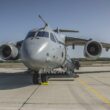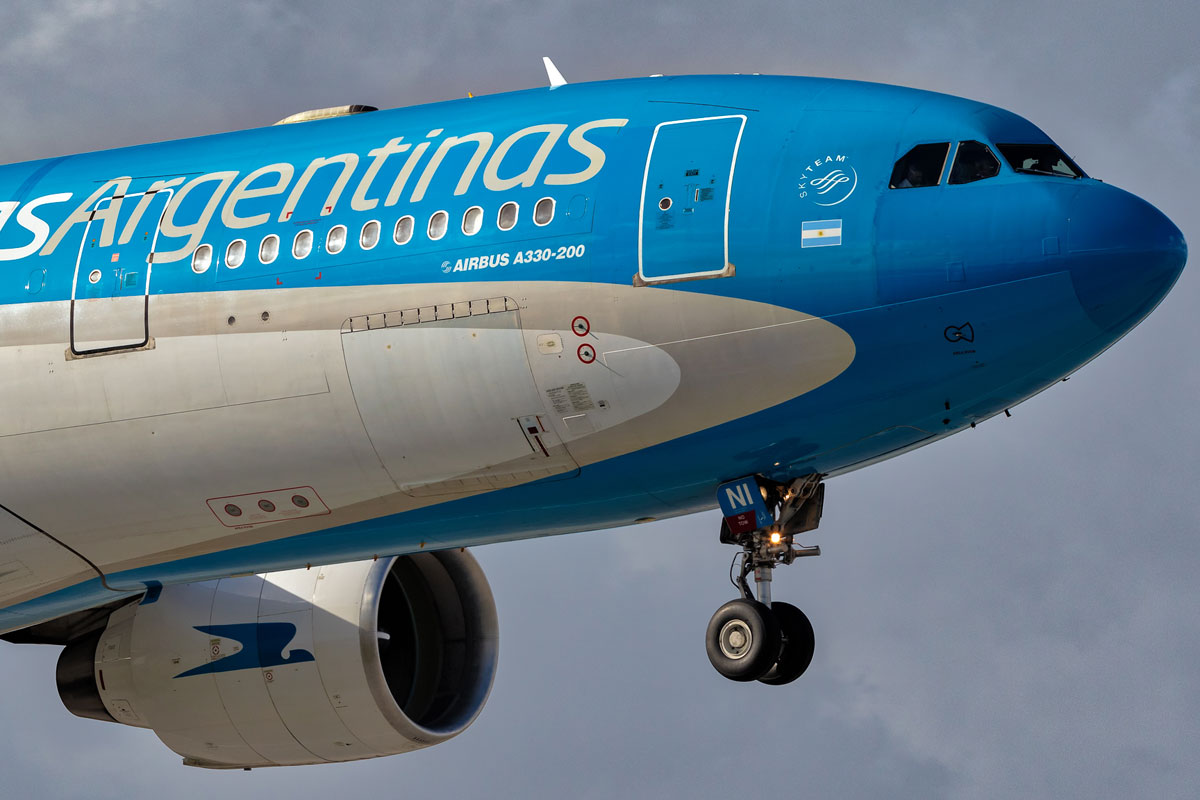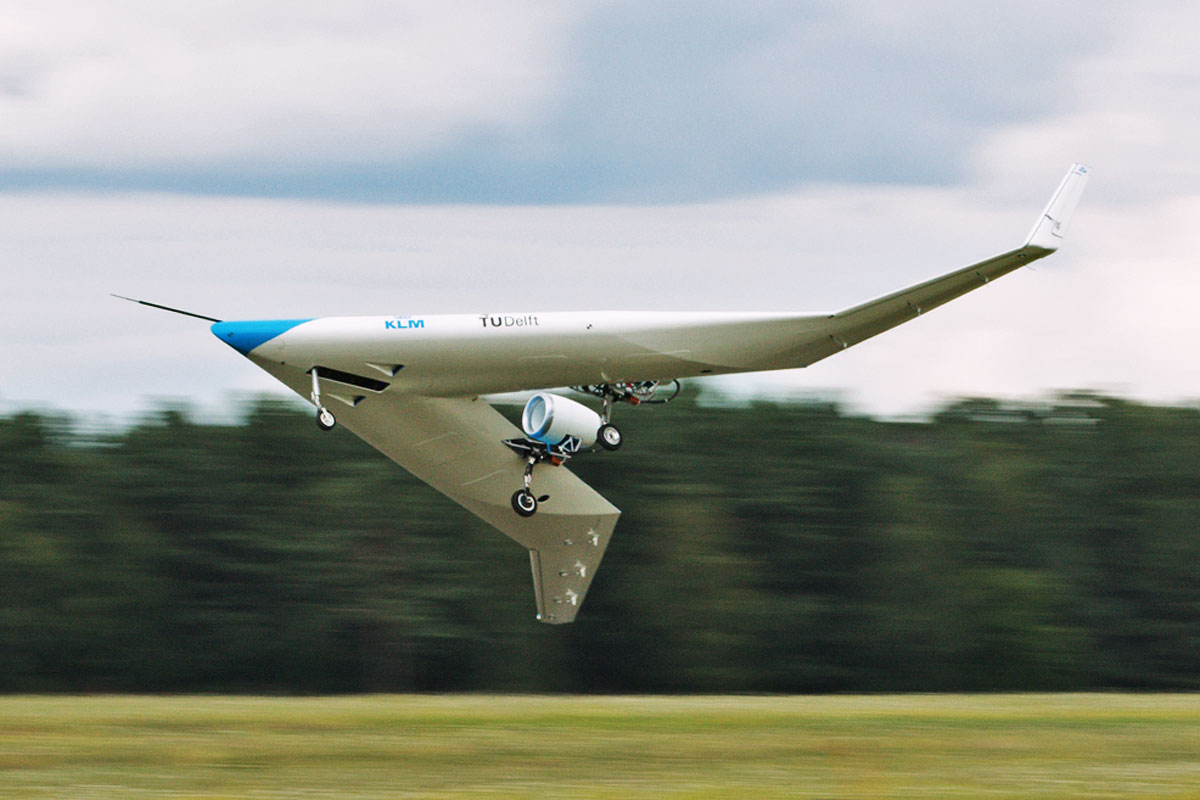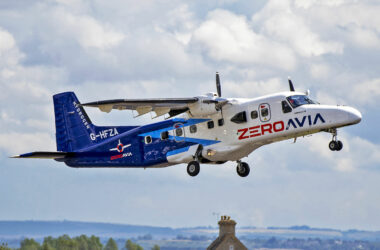The National Oceanic and Atmospheric Administration (NOAA) has selected the C-130J Super Hercules to be its new “hurricane hunter” aircraft.
To that end, NOAA has ordered two turboprops from Lockheed Martin that will be modified to serve as a flying laboratory for hurricane and environmental research.
The two C-130Js are expected to enter service by 2030 and replace older WP-3D Orion turboprops, which have been in service since the mid-1970s.
NOAA justified the acquisition based on the demand for specialized meteorological data in emergency response.
Follow Air Data News: WhatsApp | Google News | Instagram | LinkedIn | Twitter | Facebook
“Adding these highly capable C-130J aircraft to our fleet ensures NOAA can continue to provide the public, decision-makers and researchers with accurate, timely and life-saving information about extreme weather events,” said Rear Adm. Chad Cary, director of the NOAA Commissioned Officer Corps and NOAA Marine and Aviation Operations.

According to the institute, the Super Hercules will have equipment capable of being 15 to 20 percent more accurate in predicting the path and intensity of hurricanes.
Another advantage of the Super Hercules over the Orion is its greater payload capacity.
The C-130Js will be equipped with a multi-mode radar, automated dropsonde launchers, high-speed internet connectivity, vertically scanning Doppler radar and will also be capable of launching and controlling unmanned aircraft.
Like the WP-3D, the Super Hercules will be based at NOAA’s Aircraft Operations Center in Lakeland, Florida.






